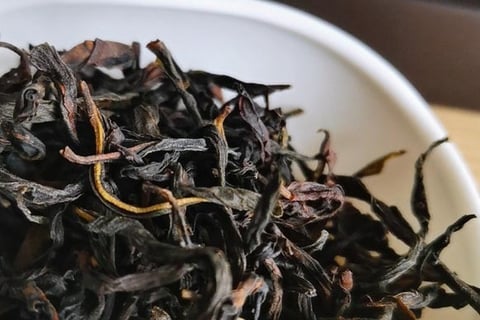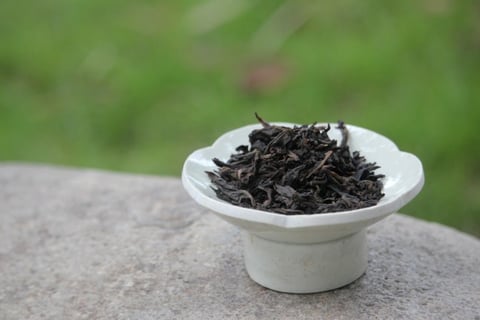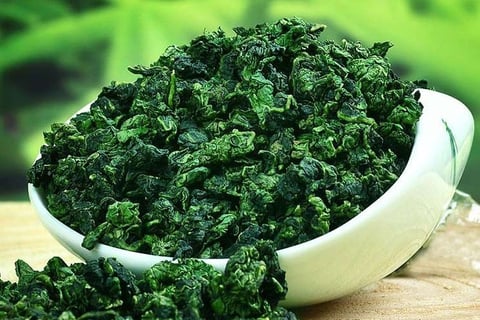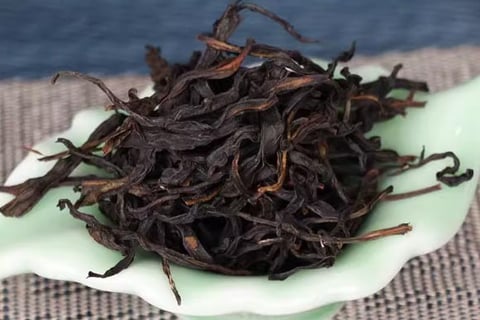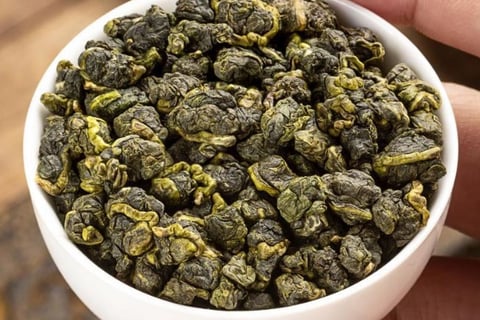Four Kinds Of Oolong
kinds of oolong
Additionally referred to as Yancha, Wuyi Oolongs, Rock Oolongs, and many more more specific names.
This location provides a wide variety of teas that are processed using the same technique and are extremely similar to one another: Da Hong Pao, Water Golden Turtle, Cinnamon, Daffodil, etc. Da Hong Pao is a frequent name for them (Big Red Robe). This is both the brand name for the tea coming from this location as well as the name of the distinct tea variety. In general, any tea from the Wuyi Mountains can be sold as Da Hong Pao, however in specialty stores devoted to the Chinese tea culture, tea kinds are distinguished. Most likely, all Oolongs originated in this area.
North Fujian Oolongs
Specific traits A excellent leaf is flushed in the middle of May, and after that, Oolong is produced for several weeks before being roasted. The leaf is somewhat twisted but still has the shape of the "ribbon." Large, dark-brown or even black tea leaves are characteristic. The beverage takes on a cognac color, a powerful, "rock-solid" flavor, and in most cases, a floral aroma.
The beverage is strong and similar in color to European black tea. One of the first areas to actively trade tea with Europe was Wuyishan, and it was North Fujian tea that introduced the Europeans to the concept of "black" tea. The Chinese claim that oolong is responsible for the name of the entire category of black tea. Oolon translates to "black dragon," so traders have begun abbreviating all dark tea names as "black."
South Fujian Oolongs
Although there are a number of Oolongs grown here, Tie Guan Yin, also known as the "Iron Bodhisattva Guan Yin" or "Iron Goddess of Mercy," is the most well-known Oolong. The word "iron" is not a typographical error in the name. As rough and weighty as iron are tea leaves. The region's traditional method of processing tea involves tightly rolling the leaves into balls; however, Tie Guan Yin balls are the least solid due to the harshness of the leaf. The loosely folded leaves make it simple to identify the tea. Oolon, which translates to "black dragon," is how traders now refer to all dark teas.
Tie Guan Yin was traditionally intensely roasted, with a dark brew and rich, velvety flavor. The gentle roasting of the leaf, which retains the astringency of the green tea while producing a brilliant flowery aroma, has become more popular in recent years. Therefore the market sells both lightly roasted and traditional Tie Guan Yin. However, this tea is produced in such great quantities and is processed in so many different ways that there is a huge variety of it available in the market. Additionally, common traders offer the tea under the generic brand name "Tie Guan Yin," while specialty stores provide details on the various processing methods and other characteristics of the tea.
Guangdong Oolongs
Only one variety of oolong, Lonely Bushes from the Mountain of Phoenix, is grown in Guangdong province. This tea has a long history dating back to the Song Dynasty (10-13 century). Tea leaves in this region have at least ten distinct scents, making them exceptionally aromatic. Therefore, the aroma of each Lonely Bushes tea should theoretically be indicated. Here, the tea leaf is being produced while being twisted and kept in the shape of a "ribbon." The leaf is lightly roasted. The tea tastes astringent and has a strong scent.
The claim that this tea is "hallucinogenic" is frequently heard. They are all descended from the manner in which tea is made in the Chaozhou municipal district of the province of Guangdong. The Lonely Bushes tea is typically brewed very strongly there. As much tea as you can fit in the teapot before adding boiling water and letting it steep. The end product is a highly astringent tea with a sweet aftertaste that, when combined with the wild aroma, creates strong, vibrant, and beautiful taste impressions. Tradition is what it is. By the way, it is referred to as the "Chaozhou ceremonial" here. Some of our oddballs, however, make the tea so strongly and consume it so frequently without prepping their bodies for such a strain.

